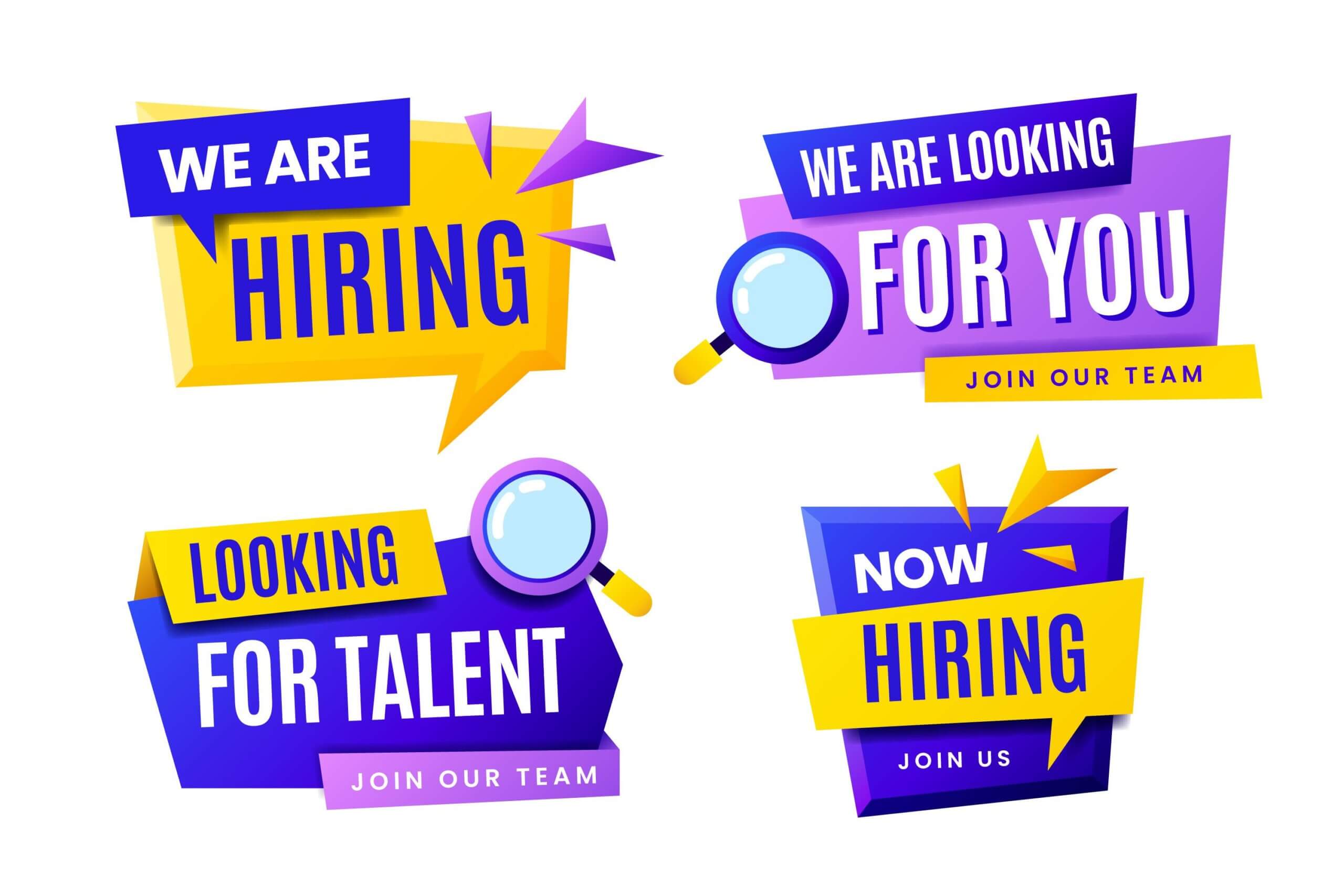If only this were a fairy tale, it would begin “Once upon a time…” but it is not and has to begin and end differently. Hopefully, with some proactive training we can help employees to not get into this situation, and provide help if they do. Keep in mind that no matter how dreary this …
Professional Development/
Leadership Skills
High energy does three important things:
It energizes the topic.
It engages the participants.
It elevates the facilitator.
A recent encounter got me thinking about inter-generational interactions and communication in the workplace. As a volunteer usher at a performing arts organization, I was given the wrong sign in sheet by young millennial who was chatting away with another staff member. Later, it was brought to my attention, by the same person, who said …
“By and large, executives make poor hiring decision. By all accounts, their batting average is no better than .333. That means one-third of such decisions turn out right, one-third minimally effective and one-third outright failures. In no other area of management would we put up with such miserable performance” – Peter Drucker, leadership icon. Every …
A series of surprises. “I’m really disappointed in Mary’s performance. I may have to let her go. It’s sad. She was clearly the best candidate for the job when we recruited her last year.” But Bill was hard pressed to give his executive coach one concrete example of her sub-par performance. Asked why he had …
In Garrison Keillor’s fictional community of Lake Wobegon, “the women are strong, the men are good-looking, and all the children are above average.” As it turns out, this depiction is not limited to Lake Wobegon. One of the most documented findings in psychology is the average person’s ability to believe extremely flattering things about him …
Great management is no accident. It’s the result of deliberate effort to focus on what’s important vs urgent. Managing values- what the business, firm or agency professes to stand for – is one of those important things. So many companies have a values statement on the wall. But ask any employee or even top managers …







